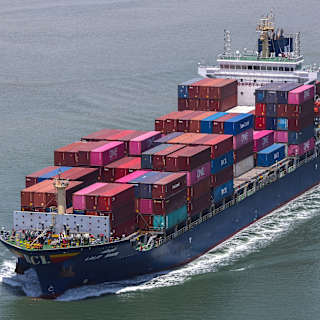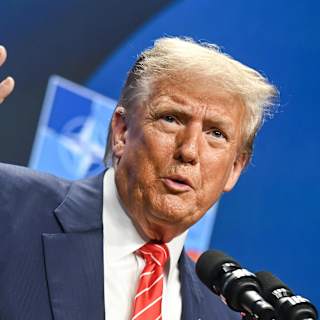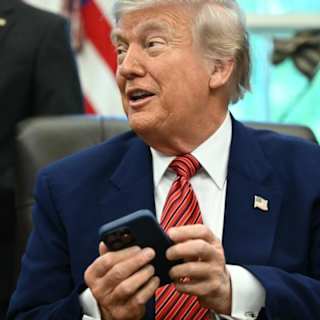- Letters Signal End of Negotiations
- Deadline Looms for Global Trade
- Economic Uncertainty Persists
President Donald Trump announced Thursday that his administration will begin notifying countries of their new tariff rates as early as Friday, escalating trade tensions just days before a crucial July 9 deadline. Trump told reporters before leaving Washington for Iowa that the U.S. would send letters "maybe 10 a day to various countries saying what they're going to pay to do business with the US".
The announcement marks the final phase of negotiations before Trump's 90-day pause on sweeping reciprocal tariffs expires, potentially triggering the largest trade disruption in decades.

Trump's decision to issue unilateral tariff notifications suggests his administration has concluded that most countries will not secure bilateral trade deals before the deadline. "My inclination is to send a letter out and say what tariffs they are going to be paying," Trump said when asked about additional agreements1.
According to Business Standard, the letters will specify tariff rates that countries will face if they fail to reach agreements with the U.S. by July 91. The Trump administration has secured deals with only three countries so far: the United Kingdom, China, and Vietnam21.
The July 9 deadline marks the end of a 90-day pause Trump announced after his April 2 "Liberation Day" tariff proclamation sent global markets into turmoil1. When the pause expires, countries without deals will face tariffs ranging from the baseline 10% rate to as high as 49% for some Asian nations like Cambodia1.
CBS News reported that trade experts expect countries to fall into three categories: those with completed deals, those receiving extensions to continue negotiations, and those facing the full tariff rates1. "We don't know which trading partners will fall into which of the three buckets," said William Reinsch, a trade policy expert quoted by CBS1.
The tariff policy has already reshaped global trade flows. According to Chatham House, the average U.S. tariff rate rose from 2.5% in 2024 to 28% in early May, settling at 17.8% after bilateral agreements with Britain and China1.
Federal Reserve Chairman Jerome Powell previously described the tariffs and their likely economic impact as "larger than expected"2. Capital Economics analysts suggested the most likely outcome would be "some combination of very limited agreements" that allow further extensions without the administration losing face3.
The approaching deadline has prompted increased coordination among other major economies, with the EU and Trans-Pacific Partnership countries exploring deeper cooperation to maintain trade stability around a disruptive United States1.



